71 pages • 2 hours read
C. S. LewisThe Lion, the Witch and the Wardrobe
Fiction | Novel | Middle Grade | Published in 1950A modern alternative to SparkNotes and CliffsNotes, SuperSummary offers high-quality Study Guides with detailed chapter summaries and analysis of major themes, characters, and more. For select classroom titles, we also provide Teaching Guides with discussion and quiz questions to prompt student engagement.
Themes
The Dangers of Gluttony and Sin
One of the “seven deadly sins,” gluttony is a danger and temptation in The Lion, the Witch and the Wardrobe. When the Witch first meets Edmund Pevensie, she plies him with enchanted Turkish delight in order to mine him for information on his siblings and convince him to bring his brother and sisters to meet her. It is important to note that the spellbound sweets do not bewitch Edmund to behave without knowledge of his actions; they simply make thoughts of anything else almost irrelevant in comparison to obtaining more of the charmed candies. Edmund succumbs to temptation but acts of his own free will. The boy’s only thought is “trying to shovel down as much Turkish Delight as he could, and the more he ate the more he wanted to eat, and he never asked himself why the Witch should be so inquisitive” (43).
Edmund’s freedom to choose to eat the Turkish delight recalls the Christian creation story, in which Eve succumbs to eating the forbidden apple and opens the door to sin. Like Eve, Edmund does not intend to sin at first—only to taste the food he desires and indulge his sensual pleasure.
Related Titles
By C. S. Lewis
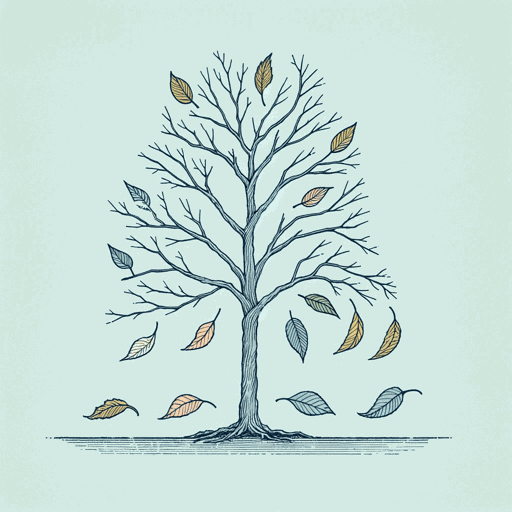
A Grief Observed
C. S. Lewis

Mere Christianity
C. S. Lewis
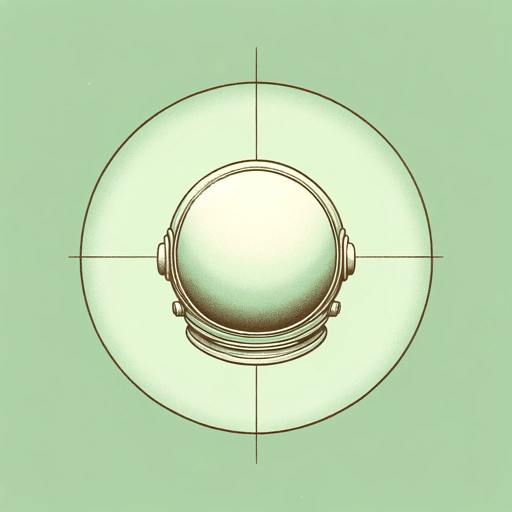
Out of the Silent Planet
C. S. Lewis

Perelandra
C. S. Lewis
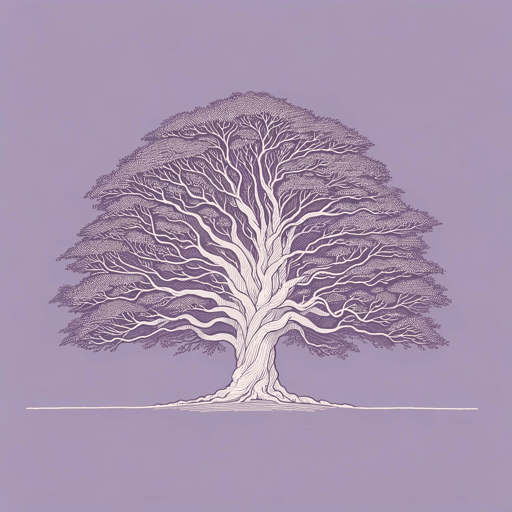
Prince Caspian
C. S. Lewis

Surprised by Joy
C. S. Lewis

That Hideous Strength
C. S. Lewis

The Abolition of Man
C. S. Lewis

The Discarded Image
C. S. Lewis

The Four Loves
C. S. Lewis
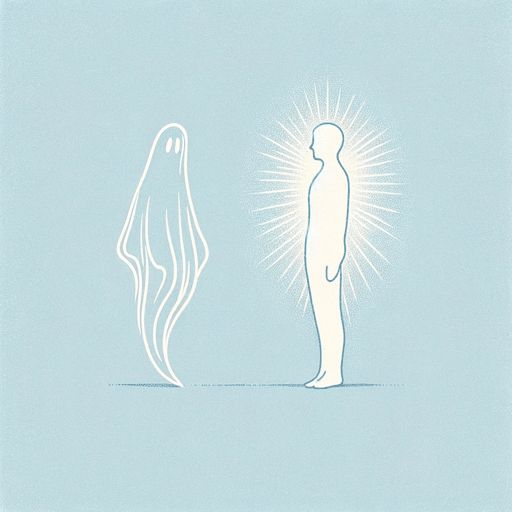
The Great Divorce
C. S. Lewis
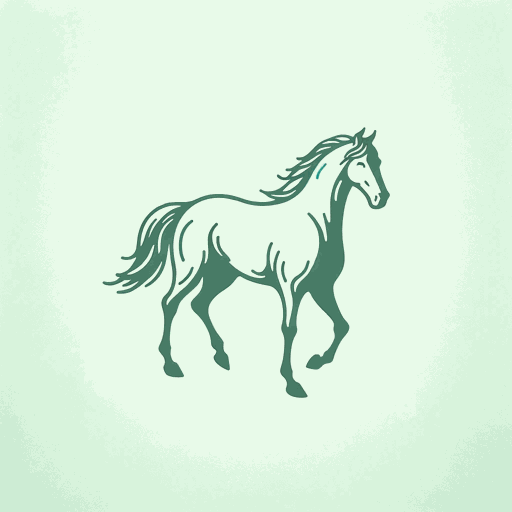
The Horse And His Boy
C. S. Lewis
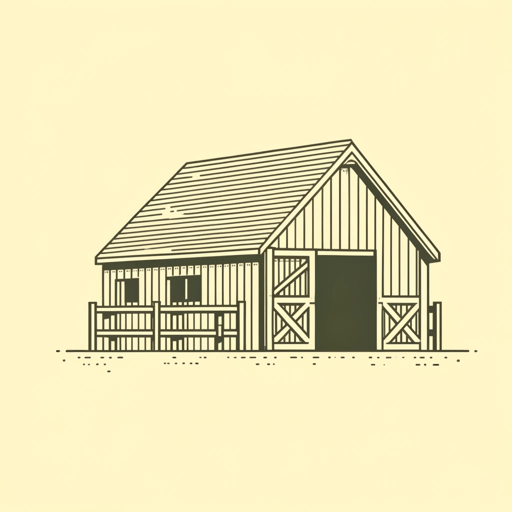
The Last Battle
C. S. Lewis

The Magician's Nephew
C. S. Lewis
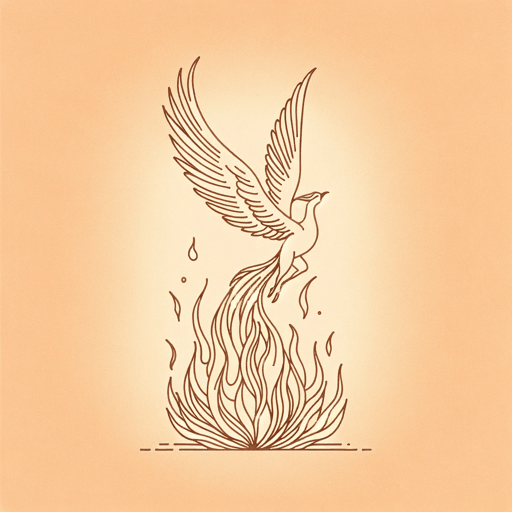
The Problem of Pain
C. S. Lewis

The Screwtape Letters
C. S. Lewis

The Silver Chair
C. S. Lewis

The Voyage of the Dawn Treader
C. S. Lewis

Till We Have Faces
C. S. Lewis

